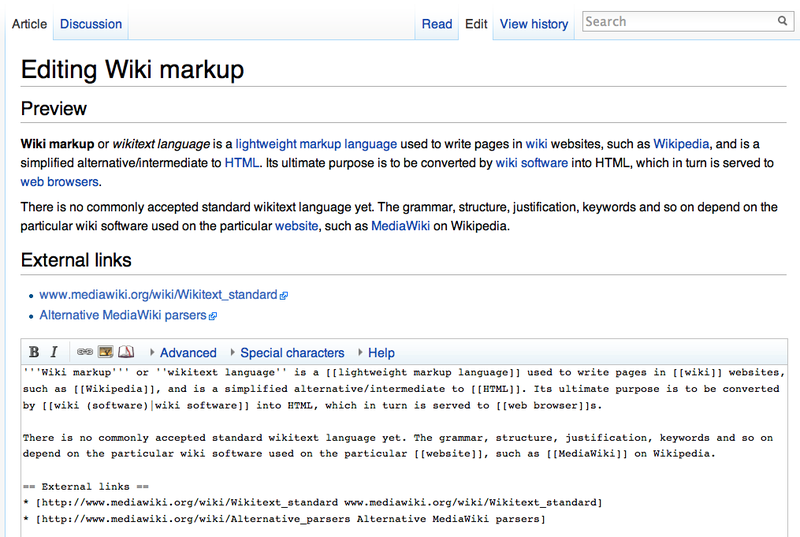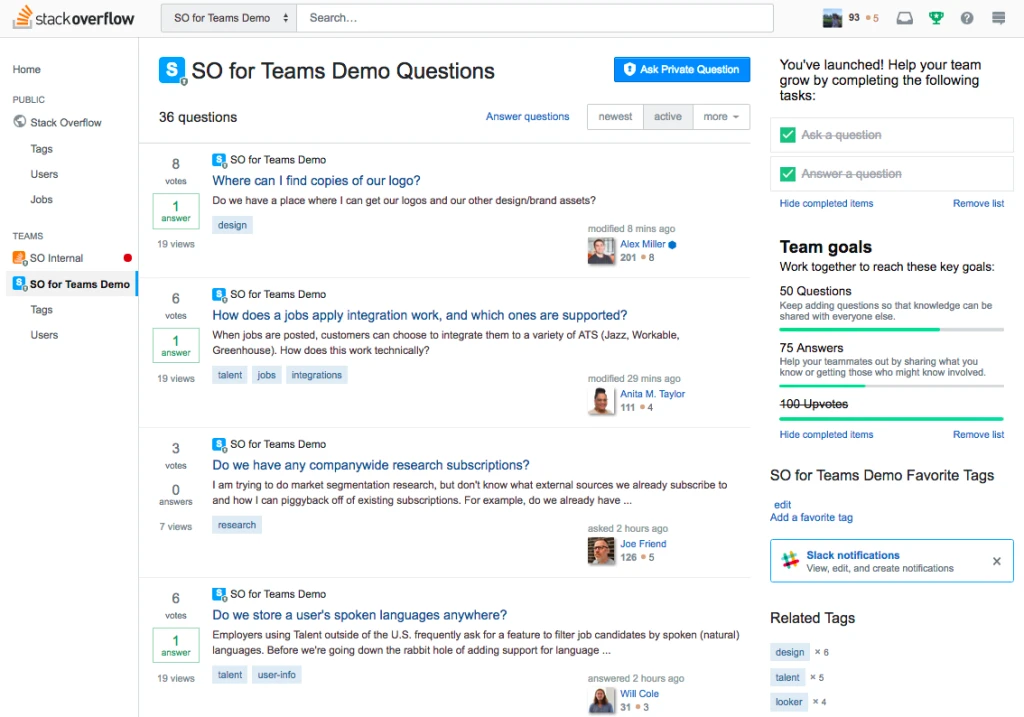We’re three decades into the age of the Web. In that time, a variety of handy tools and strategies have arisen for managing knowledge within organizations. Documentation databases, wikis, and instant messaging are just a few examples.
How to build better support and understanding around your company's proprietary codebase.
Download now (pdf)
I’m here to tell you that most of those knowledge management tools don’t work—at least, not when you need to manage large volumes of information at scale and make it easy to find.
Let me explain…
Modern knowledge management requirements
Knowledge management solutions for modern organizations need to deliver a variety of features:
- Brevity: No one should have to read through reams of information to find what he or she is looking for.
- Clarity: Information must be easy for anyone to interpret and understand.
- Scalability: Your knowledge management system needs to be able to scale along with your business. Having to transition to a new system in order to scale up is a huge undertaking and leaves you at risk of having information fall through the cracks during the migration.
- Discoverability: Information should be easy for anyone to locate, even if users don’t know exactly what they’re looking for (e.g., if they don’t know the name of a tool that they are trying to look up).
- Dynamism:Knowledge can change quickly. Knowledge management tools must be able to keep pace. Information that is out-of-date is often worse than information that is not there at all.
- Secure: You may not want all of the information in your knowledge management system to be available to everyone, particularly if you store vital information about your internal systems there. The ability to control who has access to what is therefore important.
All of these features are essential for a knowledge management solution that can meet the needs of digital businesses with large volumes of information that must be shared among employees and other stakeholders.
Common knowledge management tools (and their shortcomings)
There is no shortage of different types of knowledge management tools out there that, in theory, deliver the features described above. The problem is that they rarely provide all of the necessary functionality for managing information efficiently and securely.
Here is a list of common knowledge management solutions, along with an explanation of why each falls short.
Documentation databases
Probably the most common way for organizations to manage large volumes of information is to build a documentation database. The database is typically broken down into sections and subsections, each dedicated to a different topic. These days, most such databases are hosted on a website (which may be public-facing or might be available only on a local Intranet).
For certain purposes, documentation databases are useful tools. They’re a great way to store detailed information that will only be accessed by people who generally know what they’re looking for. For example, if you have a software application and need to document how to install, configure, and run it so that developers can look up that information when they need to, a documentation database is a good solution.
However, documentation databases fall short when organizations attempt to use them as general-purpose knowledge management tools. They are usually not easy to browse, especially if you don’t know exactly what you’re looking for. They require information to be stuffed into categories and sub-categories, which makes things confusing if you have information that doesn’t fit cleanly into any of your existing categories or that spans multiple categories. Updating them is a hassle, and they often offer no way for users to confirm that the information they contain is the latest available.
By all means, use a documentation database if you have a specific product or process to document. But don’t attempt to build a documentation database to house all of the information that everyone in your organization might need to access. The chances of your users being able to find what they need quickly are low, and the information will probably become outdated faster than you would like.
Wikis
Wikis offer some cool features when it comes to knowledge management. They are easy for your users to build in a collaborative fashion, which means they often come together quickly. They can be updated relatively easily, and most wiki platforms track revision histories, which can help users determine whether information is up-to-date or resolve conflicts in the case that different pages say different things about the same topic. They are scalable; a wiki could contain just a few pages, or hundreds of thousands. And most offer built-in search functionality.

For managing knowledge within a specific department or group, wikis can be a good tool. But like documentation databases, wikis are not great as general-purpose knowledge management solutions. They usually require information to be sorted into categories, which is not ideal. Their collaborative nature can become a downside because it makes it easy for everyone to assume that someone else will update a page when necessary, and no one does. And while some modern wiki platforms offer user-friendly, WYSIWYG editors, many still require edits to be made using special-purpose markup languages, which your typical non-technical end-user will struggle to master.
Instant messaging
Given the selection of feature-rich instant messaging tools available today, it’s easy to understand why some organizations rely largely on instant messaging to manage knowledge. Instead of dumping information into wikis or databases, they simply share information in public chat channels. Doing so eliminates the need to set up and maintain a documentation database or wiki. It also makes it easy to share updates in real time as information changes.
The major problem with relying on instant messaging to manage knowledge is that it’s too “instant.” In other words, it lacks permanency. It’s a great way to share information in real time, but it’s not so great when someone needs to look up information a day, week, or year after the fact.
Instant messaging can also quickly lead to information overload. Anyone who has woken up to three dozen different Slack notifications knows what this feels like. If instant messaging is your main knowledge management solution, it’s likely that your users will receive more messages than they can handle, and they’ll start ignoring many of them,which defeats the whole purpose.
GitHub
Last but not least is GitHub (and other Git-based information-management platforms). Although GitHub is designed primarily as a way to manage source code, a fair number of teams also rely on it to manage information other than source code.
If you’re a developer, that’s great. It’s pretty easy for a programmer to churn out a documentation page or how-to in markdown, put it in a GitHub repo and let other users access or modify it from there. Developers can also use GitHub features like Issues to manage questions or conversations.

For all the non-developers out there, however, GitHub is less handy. Most people don’t know markdown, let alone how to use GitHub.
Plus, there’s the fact that at the end of the day, GitHub just wasn’t designed as a general-purpose knowledge management system, and it never will be. Trying to use GitHub in this way is a bit like banging in a screw with a hammer. Sure, it might work, especially if you’re really good at using a hammer, but it probably won’t serve you well in the end.
A better approach to knowledge management
Now that we’ve looked at why various popular knowledge management solutions don’t work well, let me end on a more positive note by pointing out that a better approach is possible. It requires combining the comprehensiveness of a documentation database with the collaboration features of a wiki with the real-time (or near real-time) interactions of instant messaging.

The result is something like Stack Overflow for Teams, which makes information easily discoverable, scalable and easy for anyone in your organization to understand, even for folks who aren’t experts in git or markdown or mediawiki markup. That type of universal usability is what it takes to build a truly effective knowledge management solution for modern organizations.
See how Stack Overflow for Teams can transform collaboration within your organization.
Learn more